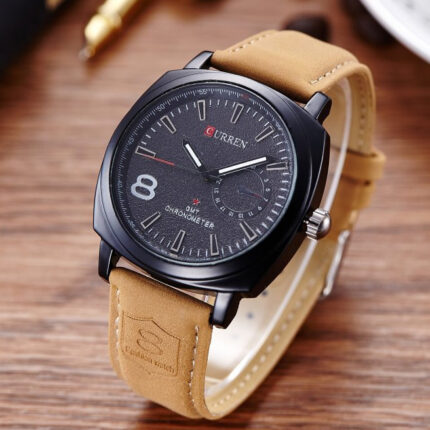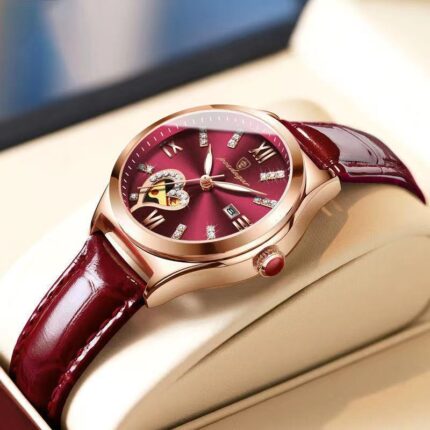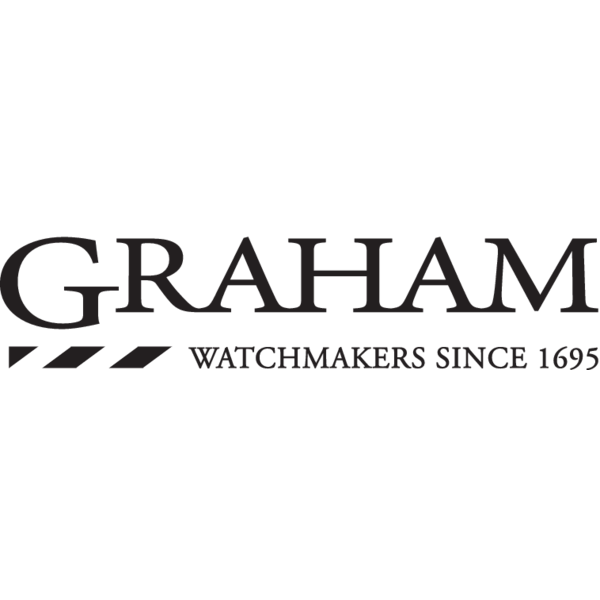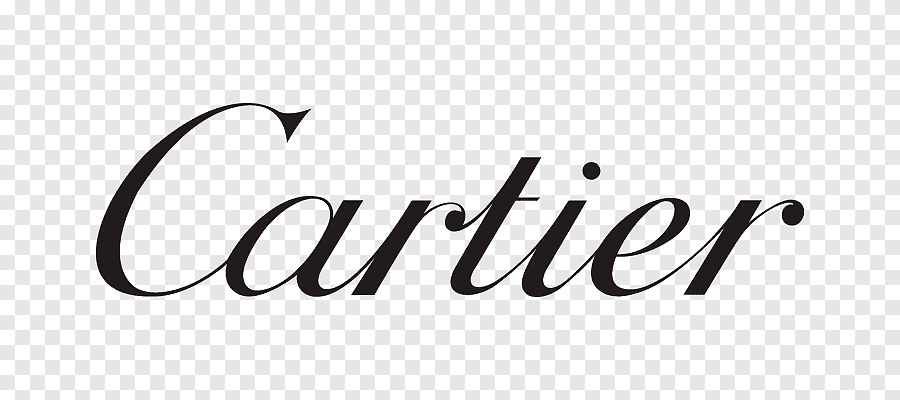Essentially, what one goes for when buying a watch is how it makes one feel, or how it looks on the wrist. But is it the shape of the case that’s attractive? The bezel, the glass or crown and guards? Or is it the dial colour, indexes or hands? Or perhaps, it is the bracelet. What do all of these terms mean anyway? Here’s a beginner’s guide to everything you ever wanted to know about a wristwatch and its components, but were perhaps too shy to ask.
Case
The watch case is a chamber that holds the various components of a timepiece. It comes in myriad shapes and sizes, materials and colours. Tool watches (used as equipment for a certain function or profession) are defined by their sizes and materials. A pilot’s watch, for instance, usually has a large case so that legibility remains uncompromised, while a diver’s watch uses materials that won’t corrode in seawater. Popular materials used for cases are steel, titanium, bronze, gold, platinum, silver, carbon and ceramic. Brands are known to create sturdy alloys that lend a certain robustness to the case as this is the first of the watch components to bear the impact of a fall. The shape of the case defines the timepiece. This is where one hears the terms ‘round’, ‘square’, tonneau’, ‘asymmetrical’ etc.
Lugs
Lugs are the prongs that stick out of the case and attach to the watch strap. A metal spring bar between the lugs fastens the strap/bracelet onto the watch case. On a larger case, short and curved or angled lugs help the watch wrap around the wrist comfortably, aiding ergonomics
Crown and crown guards
The crown is usually on the right of the case at the three o’clock position. It is used to wind a mechanical watch, and set the time, and/or the date. Some brands fit the crown with the lugs at 12 o’clock, or place it at an easily accessible position on the case, mostly between four and five o’clock. A pilot’s watch has a larger crown than usual for ease of use through gloved fingers. Raised extensions on either side of the crown are the guards that protect it. Not all watches have guards, though.
Glass
The glass is the protective, transparent cover of the dial, often referred to as the crystal. Sapphire crystal is the most popular material used for the glass, owing to its scratch-resistant properties, but there are other kinds of glass and crystal used as well. The watch glass is sometimes curved over the dial for a better view from various angles, and it is almost always treated with a coating that makes it antireflective.
Pushers
Watches with a chronograph function have a pusher—usually above the crown at two o’clock on the right of the case—to start and stop the stopwatch mechanism, and one to reset the chronograph mechanism—usually under the crown at four o’clock. Sometimes, these are integrated into the crown guards. Other times, the two pushers stand out against the case, indicating the coveted complication they control. Monopusher chronographs have one only one pusher on the case, usually at the two o’clock position. The term ‘pusher’ is often used for other components used for correcting functions such as the date.
Bezel
The ring around the case that frames a dial and holds the glass over it is the bezel. In dive watches, the bezel is marked with a distinct diving scale that serves a life-saving function—measuring elapsed time spent under water. The bezel is usually made from the same material as the case, but not always. Sometimes, it lends a ring of contrast as a frame for the dial, or it can be used to decorate the watch-face with precious stones. Other times it is ‘knurled’ into a ridged pattern to enhance the overall aesthetic of a timepiece. Different scales mark a bezel. There’s the dive timer on a unidirectional-rotating bezel. Then there’s the tachymeter, which is used to measure the speed of an object over a known distance, and is popular on racing watches.
Dial
Perhaps the most striking visible component of the watch, the dial or the watch face is what actually shows the time. Dials are created with age old-techniques such as guilloche and enamelling to new-age technology like laser-engraving. Materials like ceramic, mother-of-pearl, meteorite, aventurine glass, gold and titanium are popular for watch dials. A skeleton dial is one that displays the movement that powers the watch. As skeleton dials become more popular, the components of the movement are decorated with treatments such as PVD for a more appealing overall impact.
Markers and hands
A watch face may have numerals or indexes that help tell the time. Then there are minimalistic watches that have neither. Just the timekeeping hands indicate the hours, minutes, and seconds. In a way, the shape of the hands define the watch. Leaf hands, for instance, are elegant, while baton hands are matter-of-fact and functional, just as arrow hands make a watch look sporty, while dauphine hands are more formal.
-
Children’s Outdoor Waterproof Digital Sports Electronic Watch
$13.20 – $14.60 -
Cool fashion watch brand in South Korea Men luxury watch
$19.43 -
Digital Chronograph Calendar Waterproof Sports Watch
$13.55 – $14.60 -
Female Student Automatic Mechanical Watch
$19.55 – $20.99
Sub-dials
Smaller counters on a watch dial serve various functions—as chronograph recorders, moon phase indicators, displaying of the seconds, a second time zone, or the time left till the watch needs to be wound again, among other functions. They can even display the indexes and hands, serving as the main time-telling component of a watch. These are the sub-dials. Whether one actually uses the function displayed, sub-dials give the watch an important-looking aesthetic. Yes, they sometimes make a watch look busier, but then again, they also give the watch that much more purpose.















One thought on “All You Need To Know About Watch Components”